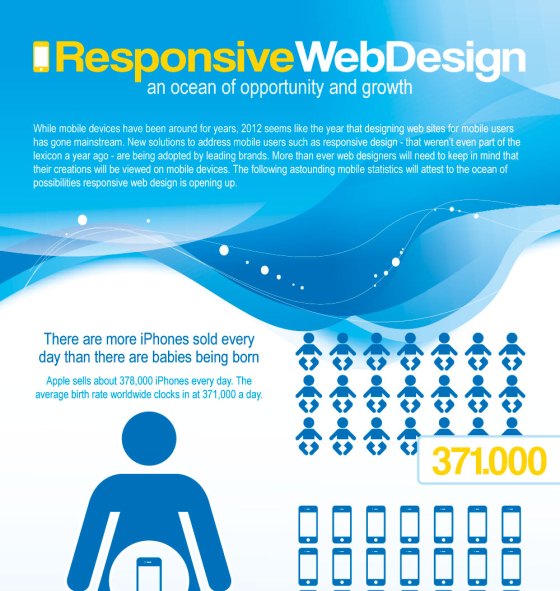Fascinated In Learning Exactly How Web Site Layout Has Evolved For Many Years? Explore The Journey From Uncomplicated Layouts To User-Centered Techniques
Fascinated In Learning Exactly How Web Site Layout Has Evolved For Many Years? Explore The Journey From Uncomplicated Layouts To User-Centered Techniques
Blog Article
Authored By-Thorsen Hejlesen
In the past, websites were basic and focused on information. Navigation was straight, and style was for desktop computers. Currently, individual experience is essential. Information overviews styles for simple navigating. Receptive layouts suit different gadgets. Today, dark mode lowers strain, and minimal food selections enhance navigating. Interactive attributes involve customers, and strong visuals stand apart. AI assimilation boosts involvement. See just how layout has advanced to enhance your on-line journey.
Early Days of Web Design
In the very early days of web design, simplicity reigned supreme. Internet sites were standard, with minimal shades, font styles, and layouts. The emphasis was on giving info as opposed to fancy visuals. Users accessed the web through sluggish dial-up links, so rate and performance were essential.
Navigation food selections were straightforward, commonly located on top or side of the page. Web sites were designed for computer, as mobile surfing had not been yet widespread. Material was king, and developers focused on very easy readability over intricate design components.
HTML was the main coding language utilized, and designers had to work within its constraints. Computer animations and interactive features were marginal contrasted to today's criteria. Sites were static, with little vibrant content or tailored user experiences.
Increase of User-Focused Style
With the advancement of web site design, a change towards user-focused design concepts has ended up being increasingly prominent. Today, developing internet sites that prioritize user experience is essential for engaging visitors and accomplishing service objectives. User-focused style includes comprehending the demands, choices, and actions of your target audience to customize the web site's design, web content, and includes accordingly.
Recommended Web site perform detailed study, such as customer surveys and usability screening, to collect insights and comments directly from customers. This data-driven method helps in producing intuitive navigation, clear calls-to-action, and visually attractive interfaces that reverberate with site visitors. By putting the user at the center of the layout procedure, web sites can provide a more personalized and pleasurable experience.
Receptive layout has actually additionally become a key element of user-focused layout, making sure that web sites are enhanced for different tools and screen sizes. This flexibility improves access and functionality, accommodating the varied ways users connect with sites today. Basically, the rise of user-focused style symbolizes a change towards producing electronic experiences that prioritize the needs and expectations of the end user.
Modern Trends in Website Design
Explore the current trends shaping website design today. One noticeable fad is dark mode design, supplying a streamlined and contemporary look while minimizing eye strain in low-light settings. Another vital pattern is minimal navigating, streamlining food selections and boosting customer experience by concentrating on essential elements. Integrating micro-interactions, such as animated switches or scrolling impacts, can create a much more engaging and interactive internet site. Receptive style stays important, guaranteeing seamless customer experiences across different gadgets. Additionally, utilizing bold typography and asymmetrical designs can add aesthetic passion and draw attention to details material.
Integrating AI modern technology, like chatbots for client support or personalized recommendations, boosts customer interaction and simplifies processes. Ease of access has likewise become a substantial trend, with designers focusing on inclusive style practices to satisfy varied customer requirements. Welcoming sustainability by enhancing internet site efficiency for speed and efficiency is another emerging pattern in website design. Working together with customer feedback and information analytics to iterate and improve layout continually is necessary for remaining appropriate in the ever-evolving digital landscape. By embracing these modern trends, you can create a visually attractive, easy to use web site that resonates with your audience.
Final thought
As you reflect on the development of web site design from the very early days to now, you can see how user-focused style has ended up being the driving force behind modern-day fads.
Accept the trip of change and adaptation in web design, constantly keeping the customer experience at the center.
Tippingpointdigital
Keep present with the most up to date patterns and innovations, and never stop developing your technique to develop aesthetically spectacular and user-friendly sites.
Evolve, adjust, and create - the future of website design is in your hands.
